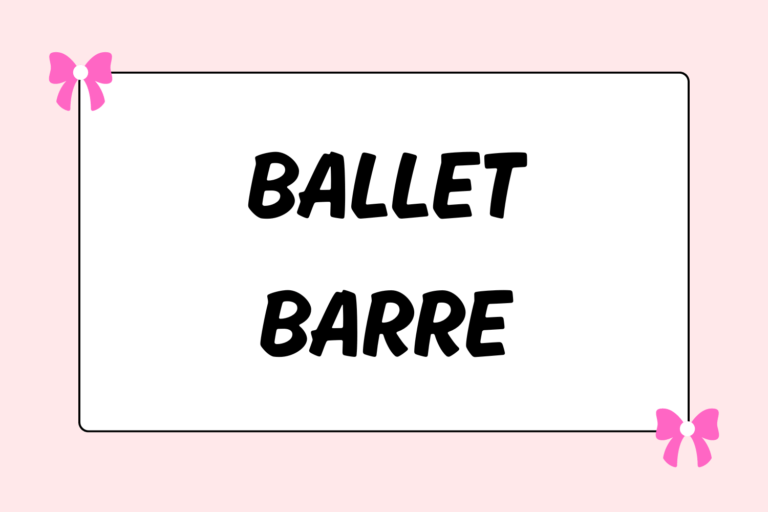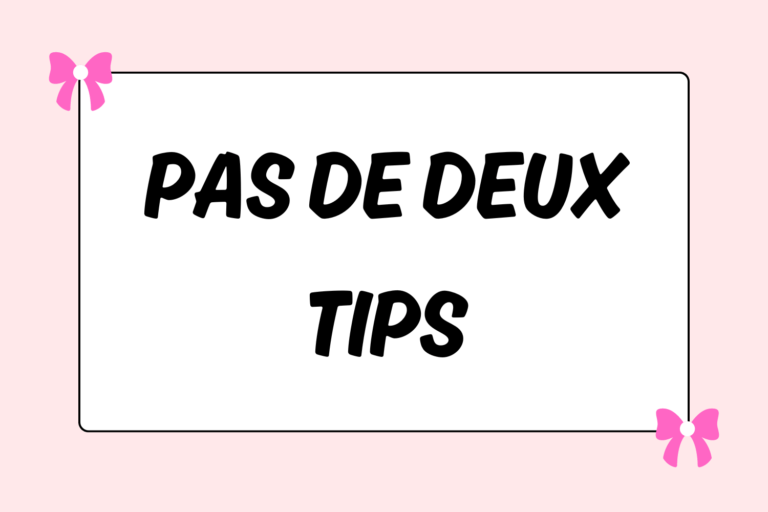When you’re dancing a difficult part, it seems that hands would be the last thing you need to worry about. After all, will they help you nail that triple pirouette or those thirty-two hops en pointe? But remember, ballet is all about lines and aesthetics. Stiff hands can easily break those beautiful lines you’ve worked so hard to achieve. The next time you head into class or rehearsal, keep these easy tips in mind to make sure your fingers are as lovely as Princess Aurora’s at her wedding!
Shape Up
Since the specific manner in which your fingers are held varies depending on which style of ballet you’re taking, be aware of the need to have a shape. Balanchine ballerinas hold fingers separated, with the thumb lifted. Imagine stretching your fingers over an apple. Vaganova dancers relax four fingers over a lifted pinky. Think of the pinky being a bed for four sleepy princesses.
If you aren’t method-specific, relax your fingers and have the middle finger and thumb close together, as though you were holding a rose between them. This creates a lovely, soft shape that works for all roles at all times.
Hot Tip: Know Your Shapes
If you aren’t sure what your director/instructor wants in terms of the shape of your hands, don’t be afraid to ask after class. Watch how (s)he demonstrates in class, especially the shape made from wrist to fingertip. Every hand shape can be broken down into what it looks like the hand is holding. Imagine an object between your instructor’s fingers that would fit perfectly, and use it to remind yourself of the proper way to hold your hands.
Lose the Tension
No matter what shape you’re giving your hand, tension in the fingers has to be lost. Stiff, hyper-extended fingers make for a stiff end to lines that would otherwise be soft and elegant. Fingers should be held and active, but relaxed with a minimal tension. The feeling should be akin to holding a handkerchief between your fingers: Enough strength and support to hold it, but with a relaxation in the fingers that keeps you from grabbing and creasing the material. Feel free to try it with a tissue until you feel comfortable with it.
Lift the Wrists
Your wrists link together the line that flows from your shoulder to your fingertips. As such, it’s vital that you keep them lifted adequately to support the line. Look in a mirror and place your arms in bras bas. Your wrists should continue the line from your forearms, angled neither below nor above. When you’re dancing — especially when any arabesque is used — make sure you aren’t letting your wrists flop and bend downwards. This breaks the arabesque line and turns swan to injured chicken or scarecrow, a big faux pas when dancing anything but Beatrix Potter!
Save Tea Time
Though it may seem like lifting the pinky more than usual gives a more dainty line to the hands, overdoing it can give an awkward line to your port de bras. While the pinky is always lifted slightly above the rest of the fingers, it should never jut out or be stick straight. Keep your mind on your pinky and see if it looks like it’s escaping from the rest of your hand. If it is, try relaxing it a little and losing some of the tension. This will make you look a less like you’re trying to drink tea and more like you’re an elegant ballerina.
Draw Water
When moving through your port de bras, let your wrists and hands trail just the slightest bit behind the rest of your arms. Pretend that you’re drawing your arms through water, and you’re leaving a soft, rippling trail from your wrists to your fingertips. This will help make your port de bras look smoother and leave a relaxed feeling in your hands that is vital when moving from position-to-position.
Give Yourself a Hand
Hands are an important part of your dancing, so make sure not to forget about them! Practice making soft, beautiful hands throughout the day. This will make lovely fingers second nature in your dancing!





